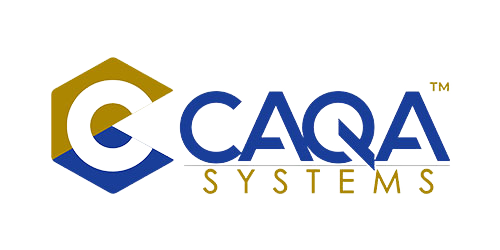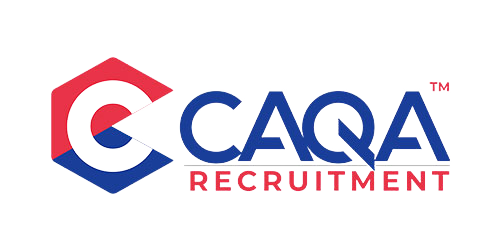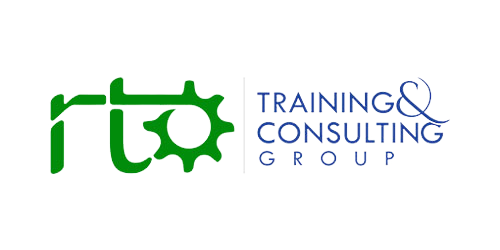The vocational education and training (VET) sector in Australia is on the cusp of a significant transformation with the impending implementation of the revised Standards for Registered Training Organisations (RTOs) set to take effect on July 1, 2025. However, the approach to introducing these new standards has raised concerns and frustrations within the industry, particularly regarding the lack of clear information and guidance available to RTOs with less than three months until the changes come into force.
The current Standards for RTOs 2015 have been in place for nearly a decade, providing a framework for quality assurance and regulation in the VET sector. These standards outline specific requirements for RTOs in areas such as training and assessment, learner support, and organisational governance. While the 2015 standards have served their purpose, there has been a growing recognition of the need for change to better align with evolving industry needs and to focus more on quality outcomes rather than prescriptive compliance.
The revised Standards for RTOs 2025 aim to address these concerns by shifting towards a more outcome-focused approach. The new standards are structured around three key elements: Outcome Standards, Compliance Requirements, and Credential Policy. This restructuring is intended to provide greater clarity and emphasise the importance of delivering quality training outcomes for learners and employers.
However, the process of transitioning to these new standards has been fraught with challenges and uncertainties. As of April 2025, with less than three months until the implementation date, many RTOs are still grappling with a lack of concrete information about the specifics of the new standards and how they will be applied in practice. This situation is causing significant anxiety and frustration within the sector, as providers struggle to prepare for a regulatory framework that remains largely undefined.
One of the most pressing concerns is the apparent disconnect between the ambitious goals of the revised standards and the practical realities of implementing such sweeping changes on a tight timeline. RTOs are expected to overhaul their operations, update their policies and procedures, and potentially redesign their training and assessment strategies to align with the new standards. Yet, without comprehensive guidance and clear expectations from regulatory bodies, many providers feel they are being set up for failure.
The lack of detailed information about the new standards is particularly problematic when it comes to specific clauses and requirements. For example, the treatment of superseded units of competency, which was clearly defined in clause 1.27 of the 2015 standards, appears to have a different interpretation under clause 14 of the 2025 standards. Providers are left to speculate and potentially make incorrect assumptions about their compliance obligations without clear guidance on such critical aspects of RTO operations.
This uncertainty extends to other key areas of RTO operations as well. The shift towards outcome-based standards, while laudable in principle, raises questions about how these outcomes will be measured and assessed by regulators. RTOs are accustomed to demonstrating compliance through documentation and processes, but the new focus on learner and industry outcomes may require a fundamentally different approach to quality assurance and self-assessment.
The Australian Skills Quality Authority (ASQA), as the national regulator for the VET sector, has a crucial role to play in guiding RTOs through this transition. However, the agency's communication and support for providers during this period have been criticised as insufficient. While ASQA has released some preliminary information and draft practice guides, the level of detail and clarity provided falls short of what many RTOs feel they need to confidently prepare for the new regulatory environment.
The situation is further complicated by the fact that the revised standards are technically still in a draft phase, even at this late stage. This means that any advice or information provided by ASQA or other bodies is subject to change, adding another layer of uncertainty for RTOs trying to plan and prepare. The promise of a comprehensive user guide to be released "closer to the implementation of the standards" offers little comfort to providers who need to start making significant changes to their operations now.
This approach to implementing such significant regulatory changes raises serious questions about the government's understanding of the challenges faced by RTOs, particularly smaller providers with limited resources. The cost and effort required to adapt to new regulatory requirements are substantial, and the lack of clear guidance increases the risk of non-compliance and potential sanctions for RTOs acting in good faith to meet their obligations.
Moreover, the rushed implementation of the new standards may undermine their intended benefits. If RTOs are forced to scramble to interpret and implement poorly defined requirements, there is a risk that the focus will shift away from genuine quality improvement and towards superficial compliance measures. This could result in a situation where the new standards fail to achieve their goal of enhancing the quality and relevance of VET training in Australia.
The situation also highlights a broader issue in the regulation of the VET sector: the need for greater collaboration and consultation between regulators, policymakers, and training providers. While the revised standards have been in development for some time, the lack of clear and timely information suggests a disconnect between those designing the regulatory framework and those who must operate within it.
To address these concerns and ensure a smoother transition to the new standards, several steps should be taken as a matter of urgency:
-
ASQA and the Department of Employment and Workplace Relations should release comprehensive guidance on the new standards, including detailed explanations of how key clauses will be interpreted and applied.
-
A clear transition plan should be provided, outlining realistic timelines for RTOs to adapt their operations and demonstrating how compliance will be assessed in the early stages of implementation.
-
Additional resources and support should be made available to RTOs, particularly smaller providers, to help them navigate the changes and update their systems and processes.
-
Consideration should be given to a phased implementation approach, allowing RTOs more time to fully align with the new standards while maintaining their focus on delivering quality training outcomes.
-
A formal feedback mechanism should be established to allow RTOs to raise concerns and seek clarification on specific aspects of the new standards during the implementation period.
The revised Standards for RTOs 2025 have the potential to drive significant improvements in the quality and relevance of vocational education and training in Australia. However, the current approach to their implementation risks undermining these potential benefits and creating unnecessary stress and uncertainty for training providers.
As the July 1 deadline approaches, it is crucial that regulators and policymakers recognise the challenges faced by RTOs and take immediate action to provide the clarity and support needed for a successful transition. Only through a collaborative and transparent approach can the VET sector hope to realise the full potential of these regulatory changes and continue to deliver high-quality training outcomes for learners and industry alike.
The situation serves as a reminder of the importance of effective communication, realistic timelines, and practical support in implementing regulatory changes. As the VET sector continues to evolve, it is essential that future reforms are approached with a greater understanding of the operational realities faced by training providers and a commitment to genuine partnership between regulators and the industry they oversee.
Attachment
Enquiry to ASQA (Sent on March 18, 2025):
Enquiry form
Your enquiry
Under the 2015 SRTOs, a superseded unit of competency must still be taught as stated in clause 1.27. However, the question remains about what rules apply in the new standards. Looking at clause 14 in the updated standards, it appears to present a different understanding regarding how to handle training products when they change. Can you please clarify? Thank you.
Response from ASQA (Received on 27 March 2025)
Dear
Thank you for your email.
Please be advised that, as the new standards are technically still in a draft phase, any advice or information provided is technically subject to change.
However, while clause 1.7 is not explicitly stated in the 2025 standards, the expectation is that this clause will still be implemented. ASQA is currently working on a user guide for the new standards that will address this type of scenario more directly. The guide will be released closer to the implementation of the standards.
Kind regards,
Email back to ASQA (Sent on 27 March 2025)
Thank you for your reply regarding the implementation of the revised Standards for RTOs 2025.
I appreciate the information provided, but I have some follow-up questions for clarification:
-
Given that the new standards are set to take full regulatory effect on July 1, 2025, which is just over 3 months away, when can RTOs expect to receive the final version of the standards? The current uncertainty makes it challenging for providers to prepare adequately.
-
You mentioned that clause 1.7 is not explicitly stated in the 2025 standards but is still expected to be implemented. Could you provide more details on how RTOs should interpret and apply this clause under the new framework?
-
Regarding the user guide that ASQA is working on, do you have a more specific timeline for its release? With the implementation date approaching rapidly, it would be helpful to know when we can expect this crucial guidance.
-
Are there any interim resources or support available to RTOs to help us prepare for the transition, especially concerning areas where the new standards differ significantly from the current ones?
-
Will there be a grace period or phased implementation to give RTOs time to fully comply with the new standards after July 1, 2025? I understand the answer is likely "no," but I would like to confirm this with ASQA.
Your insights on these points would be greatly appreciated as we strive to ensure compliance and maintain quality during this transition period.
Thank you for your assistance.
regards,


































